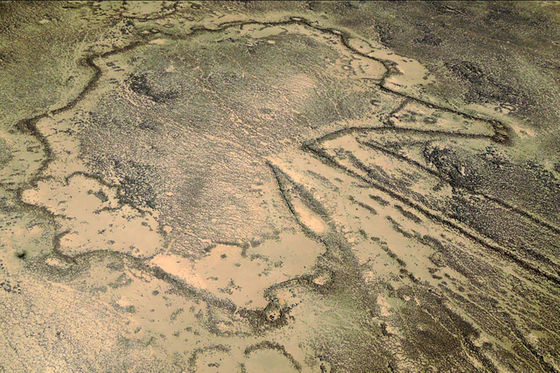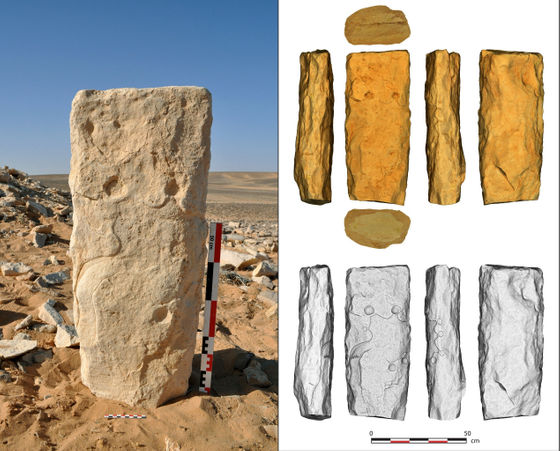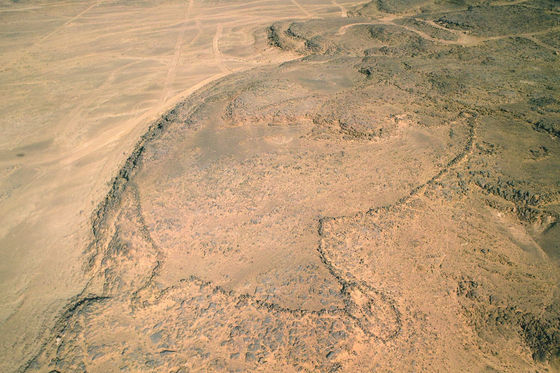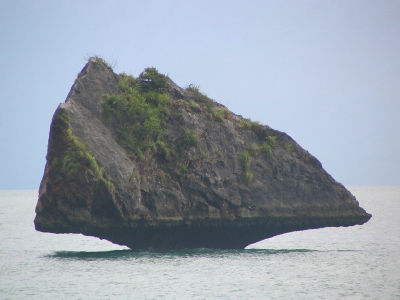It turns out that the monolith sculpture found in the desert matches the huge ruins nearby, the possibility that it was the world's oldest architectural plan

A team of archaeologists has announced that monolithic carvings found in Jordan and Saudi Arabia have been found to match exactly the shape of desert megaliths seen from above.
The oldest plans to scale of humanmade mega-structures | PLOS ONE
Desert Monoliths Reveal Stone Age Architectural Blueprints - The New York Times
https://www.nytimes.com/2023/05/17/science/ancient-architecture-desert-kites.html
World's oldest architectural plans date from the Stone Age | CNN
https://edition.cnn.com/2023/05/17/world/oldest-architectural-plans-stone-age-megastructures-scn/index.html
In the desert regions of the Middle East and Africa, stone walls can be found that stretch for several kilometers. Dubbed the ' Desert kite' because it looks like a kite used to fly kites from above, the structure has puzzled archaeologists for years.

Previous studies have established the view that ``desert kites were for hunting wild animals,'' but the overall picture of megastructures is difficult even for modern scientists to create accurate maps. It remains a mystery how the ancient hunters captured the.
'The full picture of a kite can only be seen from the air,' said Remy Classade, an archaeologist at the French National Center for Scientific Research. And it's hard for scientists to make good maps,' he says.
Below is a view of the kite in northern Saudi Arabia from the ground.

Over the past decade, Classard and his team have identified more than 6,000 large and small kites through a project called 'Globalkites,' which uses satellite imagery to search for desert kites in the Middle East, West and Central Asia. .
In 2015, the research team, which has been conducting field surveys in parallel with satellite surveys, discovered rocks with strange patterns in Jordan and Saudi Arabia, and soon discovered that the patterns had the same shape as neighboring kites. I noticed.
Wael Abu Azize of the French Institute for the Near East, a member of the research team, said, ``I thought of a kite nearby.
Below is a monolith (left) found in Jordan and its 3D model (right). The monolith was found lying on its side, measuring 80 cm long, 32 cm wide, 18 cm thick and weighing 92 kg. According to dating, this monolith is estimated to have been created approximately 7,000 years ago.

If you look at the schematic of the monolith sculpture, you can see the passage leading to the enclosure and the passage turning sharply just before joining the enclosure. According to the research team, this shape is unique to kites in northern Jordan and is rarely seen elsewhere.

It is also believed that the circular markings are pitfalls for catching animals that are driven into the enclosure. Below is a photo of a kite pit found in Jordan.

In addition, a sculpture carved into a 382 cm x 235 cm plane of giant sandstone was also found in Saudi Arabia. This sculpture, which is said to have been made about 8,000 years ago, has two kites, although it is a little difficult to understand.

This sculpture also looked a lot like a Saudi Arabian kite.

Using a mathematical model, the research team compared the two rock drawings with kites from different regions and found that the kites from the Jordan and Saudi Arabia regions where they were found were the best matches. Also, when compared with the neighboring kite and shape, the scale was perfect. The research team wrote in the paper, ``The sculpture is surprisingly realistic, accurate, and to scale.''
However, it is still unknown whether this drawing was used as a blueprint for making a kite or as a map for actually hunting. “Perhaps this sculpture was a symbolic memorial to the kite and was important to the cultural identity of the ancients who built and used it,” said Abu Aziz. bottom.
Related Posts:
in Science, Posted by log1l_ks







